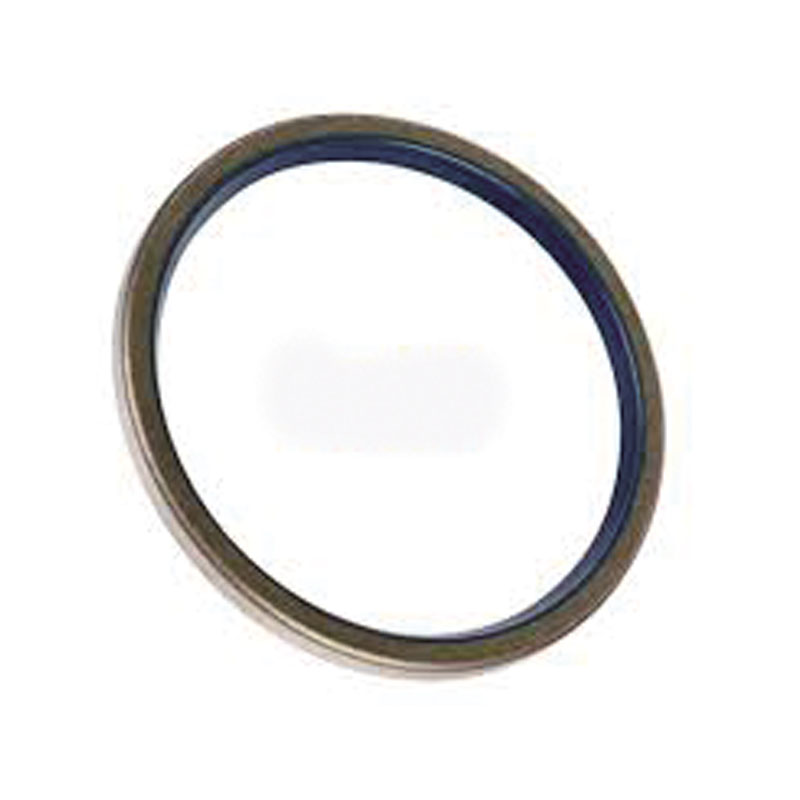Oil Filter Housing Gasket for Improved Engine Performance and Reliability
Understanding Oil Filter Housing Seals Importance and Maintenance
The oil filter housing seal is a crucial component in the engine's lubrication system, playing a vital role in maintaining optimal engine performance and longevity. Located between the oil filter and the engine block, this seal ensures that oil flows efficiently while preventing leaks. In this article, we will explore the significance of oil filter housing seals, their types, potential issues, and maintenance practices to keep your vehicle running smoothly.
Significance of Oil Filter Housing Seals
The oil filter housing seal serves several essential functions. First and foremost, it provides a secure barrier that prevents engine oil from leaking out of the oil filter housing. This is critical because any oil leakage can lead to inadequate lubrication of engine components, resulting in increased friction, overheating, and ultimately, severe engine damage.
Additionally, the seal helps maintain the pressure within the oil filter. Proper oil pressure is essential for efficient engine operation, as it ensures that oil circulates through all necessary parts. The seal also assists in keeping contaminants and impurities in the oil filter, contributing to cleaner oil circulation, which is vital for protecting engine components.
Types of Oil Filter Housing Seals
Oil filter housing seals can be made from various materials, each offering different advantages. Common materials include rubber, silicone, and O-rings. Rubber seals are widely used due to their durability and ability to withstand high temperatures. Silicone seals, while often more expensive, provide excellent resistance to extreme temperatures and harsh chemicals.
Additionally, some vehicles may utilize multi-material seals that combine the properties of rubber and silicone, offering enhanced performance. It is essential to choose the right type of seal based on the vehicle manufacturer's specifications to ensure optimal performance and longevity.
oil filter housing seal

Common Issues with Oil Filter Housing Seals
Despite their importance, oil filter housing seals can be susceptible to wear and tear over time. One common issue is degradation due to exposure to high temperatures, which can cause the seal to harden or crack. This degradation can result in leaks, leading to low oil levels and potential engine damage.
Another issue that can arise is incorrect installation of the seal. If the seal is not seated properly, it may not provide the necessary tight fit, leading to leaks. Additionally, using the wrong type of seal can exacerbate these problems, making it crucial to adhere to manufacturer specifications during replacement.
Maintenance Practices
To ensure the longevity and effectiveness of oil filter housing seals, regular maintenance is essential. One of the best practices is to check the oil filter and seal during routine oil changes. This allows for the early detection of any wear or leaks, enabling timely replacements.
When replacing the oil filter, it is vital to inspect the housing seal for any signs of damage or wear. If a seal appears cracked or hard, it should be replaced immediately to prevent future leaks. Additionally, applying a thin layer of clean engine oil to the new seal before installation can help ensure a proper fit and create a better seal.
In conclusion, the oil filter housing seal is an often-overlooked component that is essential for maintaining engine health. Understanding its significance, recognizing potential issues, and committing to regular maintenance can go a long way in preventing costly repairs and extending the life of your engine. By taking care of this small yet vital part, vehicle owners can ensure their engines operate efficiently for many miles to come.
-
Understanding the Importance of the Crankshaft Oil Seal in Engine Performance
News Jun.16,2025
-
The Unsung Heroes of Engine Protection: Understanding Automotive Shaft Seals and Oil Seals
News Jun.16,2025
-
Keeping the Engine Tight: The Role of Crankshaft Seals and Gaskets in Oil Control
News Jun.16,2025
-
Complete Protection in Harsh Conditions: A Deep Dive into Cassette Seals
News Jun.16,2025
-
Choosing the Right Oil Seal: A Guide to Trusted Brands and Suppliers
News Jun.16,2025
-
Advanced Sealing Technologies: Exploring the Range of Modern Oil Seals
News Jun.16,2025
-
Your Essential Guide to Car Repair Kits: From Rust to Dings
News Jun.13,2025
Products categories















